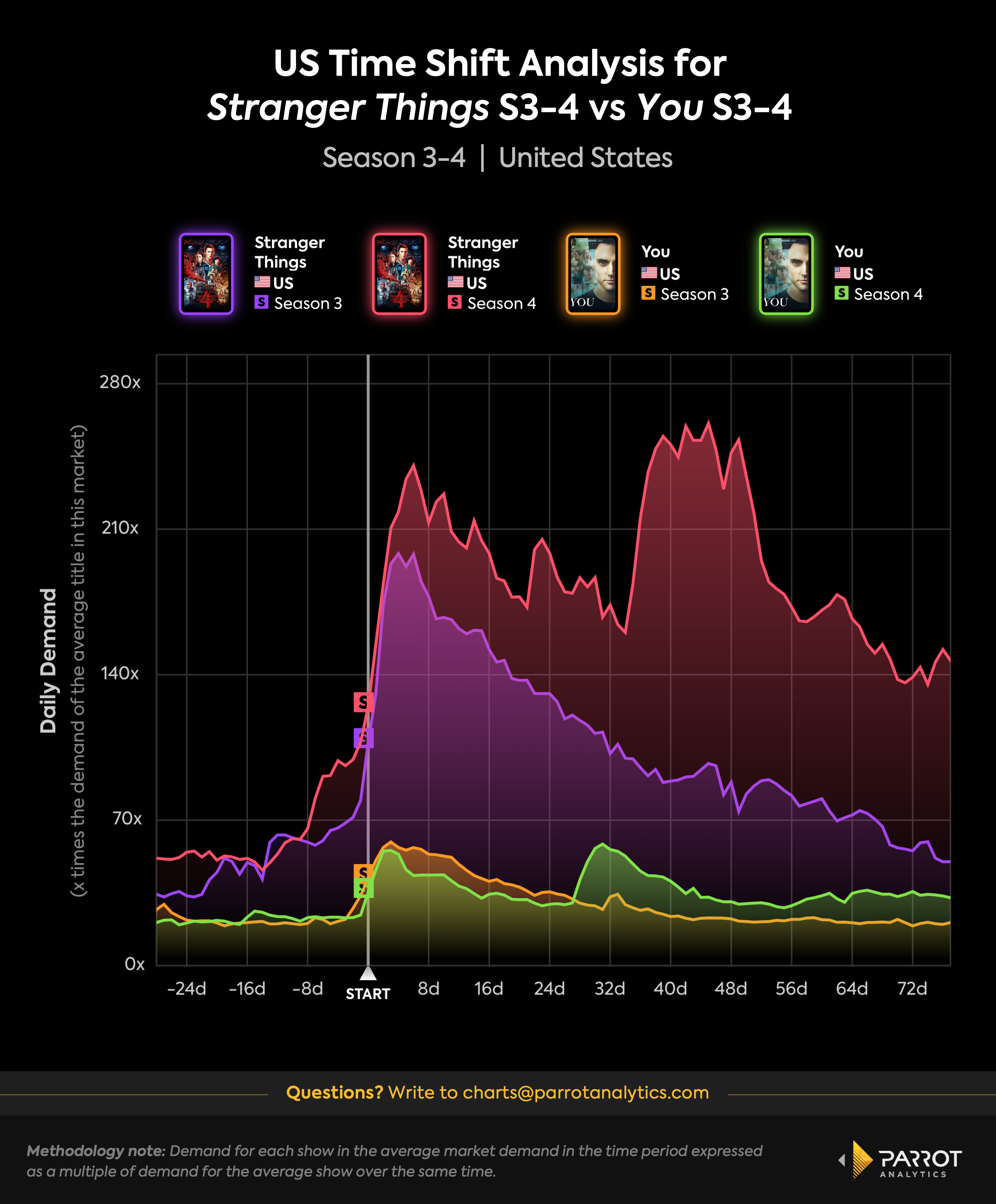Digital Marketing After Dark: Strategies for Reaching Nighttime Audiences
Meta Description: Explore effective strategies for reaching nighttime audiences through digital marketing. Learn unique insights, successful campaigns, and actionable tips to engage this often-overlooked demographic.
In an ever-evolving digital landscape, understanding consumer behavior is paramount for marketers. With over five years of experience in SEO and digital marketing, I have helped numerous businesses optimize their strategies and effectively connect with diverse audiences. One fascinating segment often overlooked is the nighttime audience. As consumer habits shift, there's a growing niche of individuals more active during the late hours—be it due to work shifts, lifestyle choices, or simple preference. This blog post delves into the unique challenges and vast opportunities associated with targeting nighttime audiences, providing you with insights and strategies that can enhance your digital marketing efforts.
The Rise of Nighttime Engagement
Understanding Nighttime Audience Dynamics
Recent studies indicate that 30-40% of consumers engage in online shopping after 9 PM, reflecting an emerging trend that businesses cannot afford to ignore (source: eMarketer). The demographic profile of these users often skews toward millennials and Gen Z, two groups known for their late-night online activities. Insight into their motivations and behaviors allows marketers to craft relevant and engaging campaigns tailored to their needs.
The psychological factors influencing these nighttime consumers vary. Many seek relaxation, escapism, or spontaneous cravings late at night—the so-called "midnight munchies," for instance. Acknowledging these behaviors can help in formulating offers that resonate, such as late-night discounts or flash sales, leveraging the FOMO (Fear of Missing Out) effect to entice engagement.
Nighttime Engagement Trends
Several platforms see peak activity during late hours. For instance, Instagram and Snapchat often witness increased user engagement around midnight. Additionally, studies indicate that email campaigns sent during nighttime hours boast higher open rates compared to those dispatched during regular business hours, underlining the importance of timing in digital marketing strategies.
Strategies for Engaging Nighttime Audiences
Crafting Tailored Messages
- Late-night promotions: Tailor your messaging to highlight deals that appeal to nighttime consumers. For example, consider limited-time offers on comfort foods or subscription discounts for entertainment streaming services.
- Emphasize leisure: Highlight experiences that resonate with the relaxation seekers, such as virtual movie nights or discounted late-night services.
- Engage Emotionally: Use narratives that align with nighttime tranquility and the joy of unwinding after a long day, helping your audience feel connected to your brand.
Leverage Social Media for Late Night Engagement
| Platform | Peak Engagement Time | Unique Strategy |
|---|---|---|
| 11 PM - 1 AM | Use Stories and posts to showcase late-night product launches. | |
| 10 PM - 12 AM | Tweet promotions or discounts during trending events or shows. | |
| 9 PM - 11 PM | Organize late-night live sessions or Q&As to interact with your audience. |
Utilizing social media creatively means capitalizing on the platforms that your audience frequents. Execute strategies such as late-night Q&As or Instagram Live sessions that resonate with audiences looking to unwind and connect.
Implementing Geofencing

Geofencing can play a pivotal role in reaching nighttime consumers effectively. By utilizing geo-targeted ads, brands can engage users when they are physically in proximity to their services during late hours. Imagine a taco truck sending a flash sale notification to late-night workers passing nearby—it’s these timely promotions that can supercharge conversions.
Successful Case Studies
Late-night Fast Food Promotions: A popular fast-food chain successfully increased sales by promoting limited-time offers targeted specifically to nighttime consumers. By using bold social media content and time-sensitive notifications through mobile apps, they saw a significant uptick in traffic during late hours.
Streaming Services: Companies like Netflix leverage user data to promote binge-worthy shows often at times when viewers are most active. Campaigns targeted toward late-night watchers have proven effective, encouraging sustained engagement.
Future Trends in Nighttime Marketing
Evolution of Consumer Habits
With the rise of remote work and flexible schedules, nighttime browsing and shopping are becoming the norm. Future strategies must adapt to these changes, ensuring businesses stay ahead of the curve. Marketers should note the increasing integration of AI and machine learning to analyze and predict consumer behaviors, helping to refine outreach initiatives accordingly.
Embracing Technology and Tools
As technology continues to evolve, several tools can aid in executing nighttime marketing strategies:
- Buffer or Sprout Social: Schedule your social media posts to align with peak nighttime engagement times.
- Google Analytics or SEMrush: Track your audience's behavior patterns and optimize your marketing strategies according to the insights gathered.
Conclusion
Digital marketing during nighttime hours presents unique challenges and opportunities. By crafting tailored messages, leveraging social media effectively, and harnessing the power of geofencing, businesses can significantly enhance their engagement with nighttime audiences. As we witness shifts in consumer behaviors, staying informed about trends and adopting innovative strategies will be crucial for success.
Explore more insights into marketing strategies by diving deeper into our related content, and don’t forget to sign up for our newsletter for the latest tips and updates in the dynamic world of digital marketing. Let’s embark on this journey to successfully connect with the vibrant nighttime audience!

